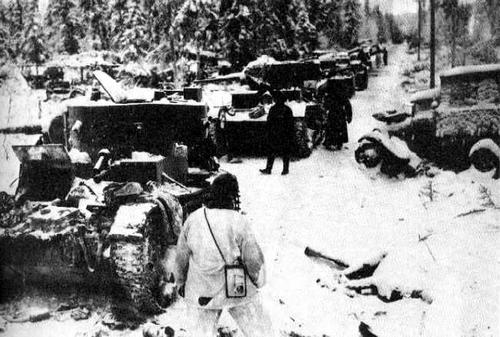
Drugs and The Winter War

"The invasion of France was the first officially controlled use of a chemical stimulant in warfare," Mike Jay writes (LRB, 5 January). He and the authors of the books under review appear to have missed a drugged-up military campaign earlier in the Second World War. In the Winter War of 1939-40, four million poorly armed and largely friendless Finns used a common domestic remedy to help them stand their ground against a million advancing Soviet troops: heroin.The historian Mikko Ylikangas, in his book from 2009, Unileipää, kuolonvettä, spiidiä. Huumeet Suomessa 1800 - 1950 ("Opium, Death's Tincture, Speed: Drugs in Finland 1800 - 1950"), records that Finland consumed enormous quantities of prescription heroin from the 1930s to the 1950s, chiefly in the form of two preparations for chest complaints. Amazingly, there was hardly any abuse of the drug, although morphine and cocaine were used recreationally by the upper classes and in underworld circles.
International efforts to outlaw the cheap and useful medicine in the 1930s were resisted, and opium, morphine and heroin were stockpiled in large quantities, for fear of international prohibition. With war approaching, the Ministry of Defence took positive action, ordering millions of doses of heroin tablets, as well as morphine for the use of army medics. The steady calm of the largely amateur soldiers of the Finnish Defence Forces as they resisted Stalin's war machine is explained to some extent by the fact that each soldier on the front line was issued with a packet of 5mg heroin tablets, with plenty more available from the medics. This didn't excite much comment at the time - - - the use of heroin was seen as perfectly normal for a range of common illnesses. Temperatures approached minus 50°C in January, so using a cold remedy was quite natural.
The Finnish forces killed enough of the enemy and captured or destroyed enough equipment to claim a victory, but only at the expense of the Karelian Isthmus and other territories, many dead and wounded, and a heavy psychological cost to ordinary men forced to slaughter hundreds of thousands of hapless Soviet conscripts stuck in the snow. After a respite, fighting started again in 1941. The heroin was then supplemented with Pervitin, perhaps on the German model.
--- Christopher Lord
From The London Review of Books
19 January 2017